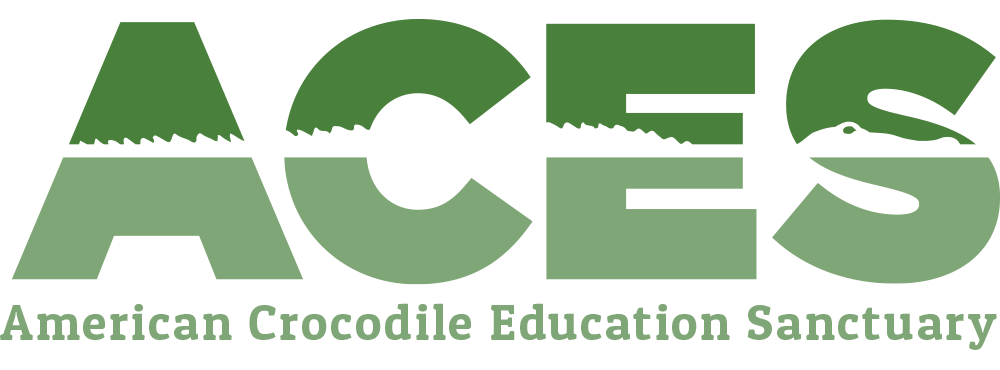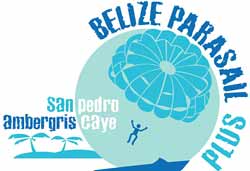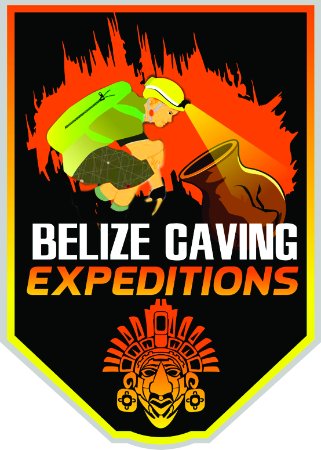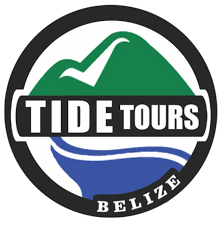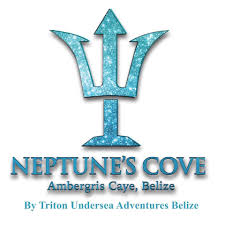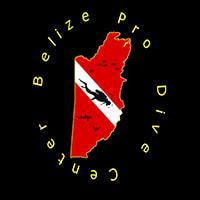|
The Yucatán woodpecker is a species of bird in the family Picidae. It is sometimes referred to as the Red-Vented Woodpecker. The Yucatán woodpecker can be found in Belize, Honduras, and Mexico, and ranges over the entire Yucatán Peninsula. This woodpecker, is a smaller version of the Golden-fronted Woodpecker. The Yucatan Woodpecker can be found in woodland, beach scrub, semi-open wooded habitats; usually less numerous than Golden-Fronted. Yucatan Woodpecker are very similar in plumage (as compared to the Golden-Fronted Woodpecker), but Yucatan Woodpecker has a much shorter bill, ‘egg-yolk’ yellow feathering around the bill base. Their voice is quite different from Golden-Fronted Woodpecker. Description This woodpecker measures about 6.7 inches long. Adults are mainly light gray on the face and underparts; they have black and white barred patterns on their back, wings and tail. Adult males have a red cap going from the eye to the nape; females lack a red cap. There is yellow and/or red around the base of the bill. There may be a yellowish tinge to the belly and a red wash to the vent area. It might be confused with the golden-fronted woodpecker which shares part of its range, but that species is larger, has a bigger beak, and the female has more red on the nape of the neck. Another similar species is the red-crowned woodpecker but the range of the two species do not overlap. Distribution The Yucatán woodpecker is endemic to Central America. Its range includes the Yucatan Peninsula and adjoining offshore islands, Cozumel Island, Belize, northeastern Guatemala and Guanaja Island off the coast of Honduras. It is mostly found in clearings and near the edges of dry woodland and in coastal scrub, but also sometimes inhabits damper woodland and degraded habitats. This species covers a very large range, and the population size is large enough, that it does not come under the thresholds for being vulnerable under the range size criterion. Despite the fact that the population appears to be decreasing, the decline is not believed to be sufficiently rapid enough to place them on the red list. For these reasons the species is evaluated as Least Concern. Habitat Woodlands, groves, orchards, towns. Most common in deciduous forest, especially along rivers and in swamps. Also in mixed coniferous and deciduous forest, less often in pure stands of pine. May be found in rather open areas, such as forest edges and clearings, groves of trees in farm country, shade trees in suburbs. Diet Like most woodpeckers, they eat many insects. Their diet may be more than 50% plant material in some seasons, including acorns, other nuts, seeds, wild & cultivated fruits. Occasional items in diet include tree frogs, eggs of small birds, oozing sap, and even small fish. Feeding Behavior Forages by searching for insects on tree trunks and major limbs. Climbs and perches among branches to pick berries and nuts, and sometimes catches flying insects in the air. Nuts and seeds taken in fall may be stored in bark crevices, eaten during winter. Eggs Yucatan Woodpeckers have 4-5 (sometimes 3-8), white eggs. Incubation is by both sexes (with male incubating at night and part of day), for 12-14 days. They have about 2 to 3 broods a year.
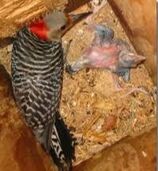 Young Young hacklings are fed by both parents, and leave the nest about 22-27 days after hatching. Parents may continue to feed young for 6 weeks or more after they leave nest. WOODPECKERS IN GENERAL Key Facts & Information
Physical Characteristics
Ecology and Behavior
Mating & Reproduction
Woodpecker Species
Woodpecker Trivia
1 Comment
Beverly Miles
8/4/2022 08:54:05 am
Woodlpeckers are making and or finding holes in my mixed structured house (bottom concrete, top part wood toung and groove) have had the small gaps in wood sealed but they are back). The problem is that they leave holes for bees which have invaded and made very large homes with their hives and honey. Extracted 4 bottles of honey from inside the walls of the house. Good but need help on how to deter, PLEASE.
Reply
Your comment will be posted after it is approved.
Leave a Reply. |
Is located on the island of Ambergris Caye, directly across from the Belize Barrier Reef, off the mainland coast of Belize. The property is nestled in a cluster of Australian Pine trees, backed to a littoral jungle, and surrounded by tropical gardens. It's about a one minute walk from the property to the beach, and a 10-15 minute drive from the island airstrip to the property.
We offer one bedroom suites (455 s.f.) of living area to include: livingroom, kitchenette, private bathroom and bedroom. We are also about a one minute walk from one of the best restaurants on the island serving (breakfast, lunch & dinner). Within walking distance you can find: (3) blocks is Robyn's BBQ (4) blocks is 2 fruit stands (5) blocks local grocery store IF YOU'RE COMING TO BELIZE TO............... If you're coming to Belize to dive the Blue Hole, descend the shelf walls at Turneffe, snorkel the Barrier Reef, explore Mayan ruins, rappel into a cave, kayak along the river through caves, zip line through jungle tree tops, hike through a cave to see an ancient human skeleton, swim with sharks, listen to Howler Monkey's, hold a boa constrictor, feed a jaguar, horseback ride through the jungle, canoe through a cave, rappel down a waterfall, sail around an island, enjoy cocktails & dinner to a sunset, climb 130' feet to the top of a Mayan ruin, rip up the jungle trails on an ATV, float through a series of caves on a tube, and sip on a rum punch..... then this is the place for you. Belize Budget Suites, offers you clean, affordable, attractive, accommodations, at prices that allow you to do all the things just mentioned. Archives
February 2021
Categories
All

For All Your Home Improvement Needs

For all Your Real Estate Needs
501-226-4400 10 Coconut Dr. San Pedro, Belize Your Ad Could Go Here
|

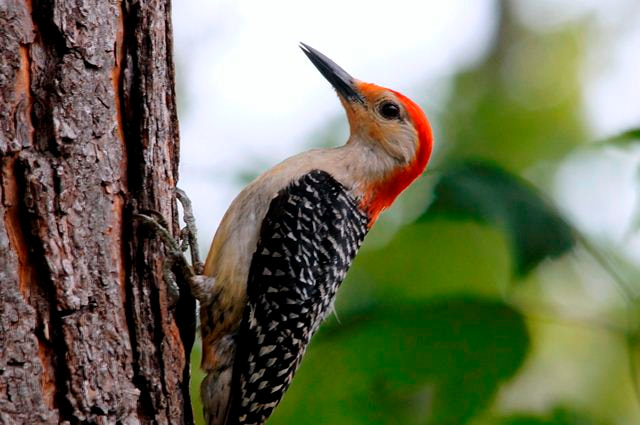
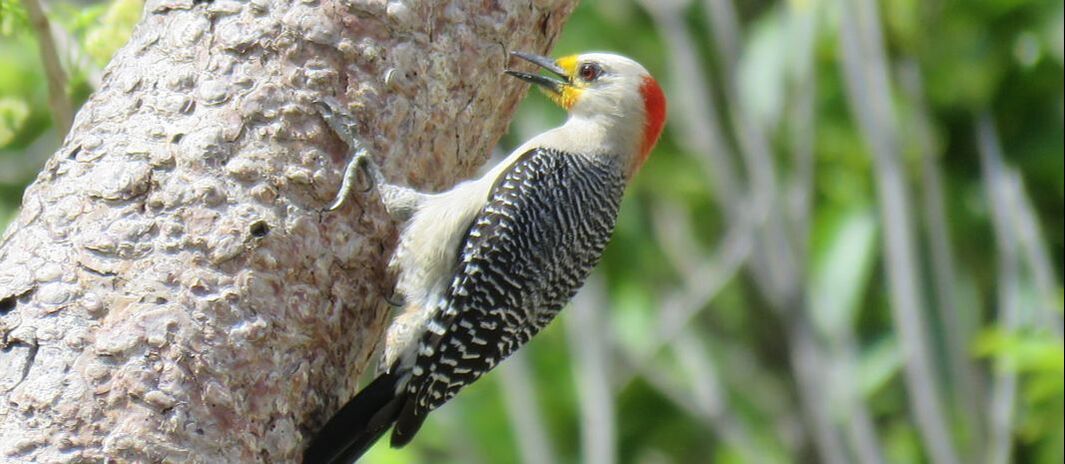
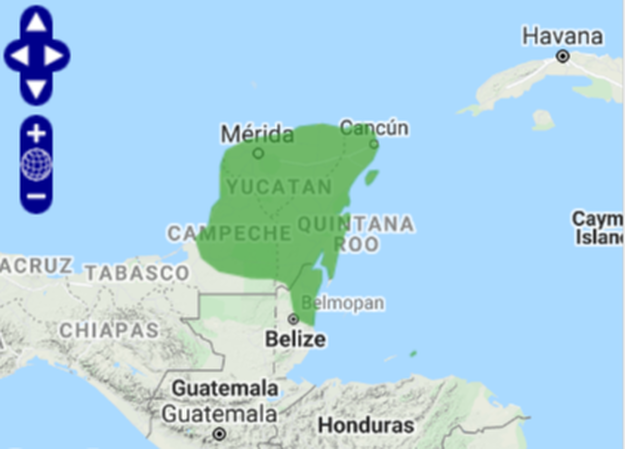
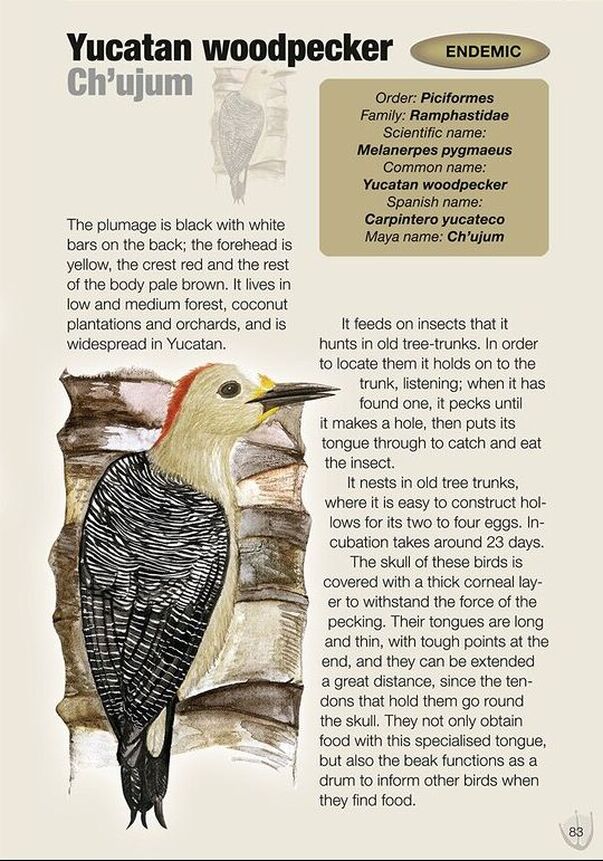
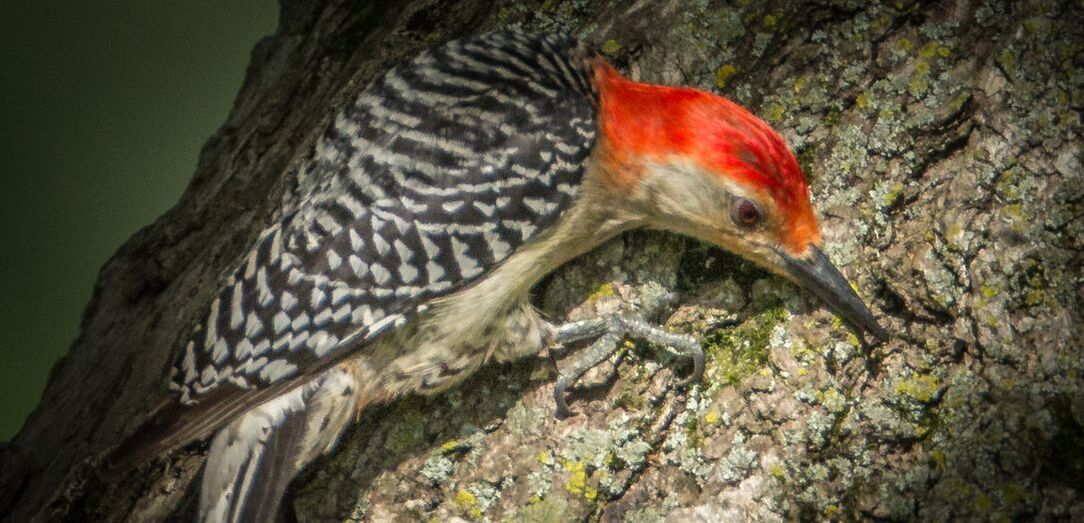
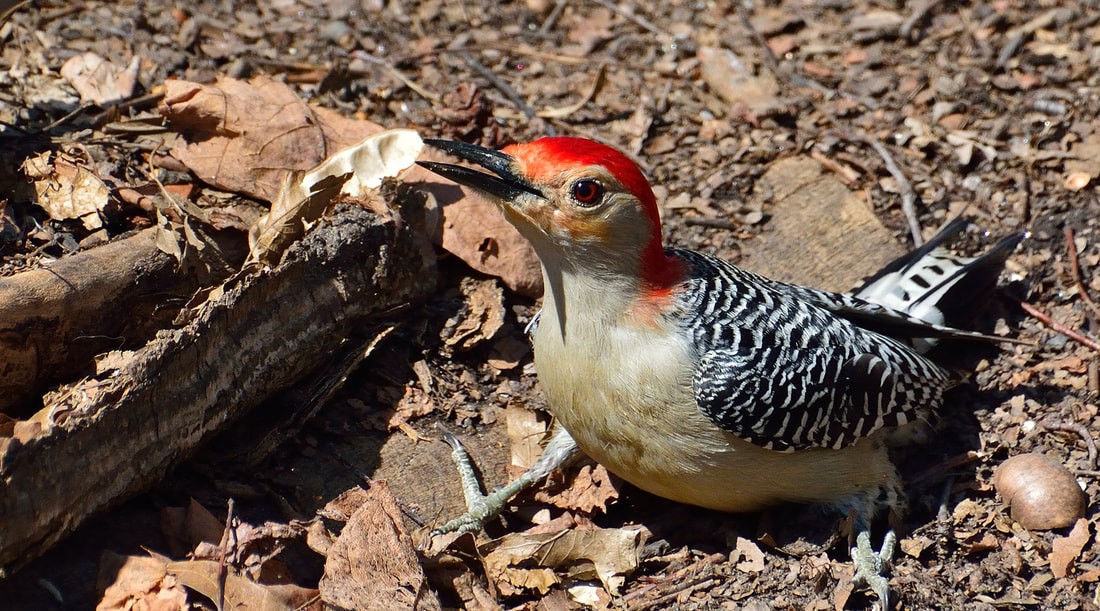

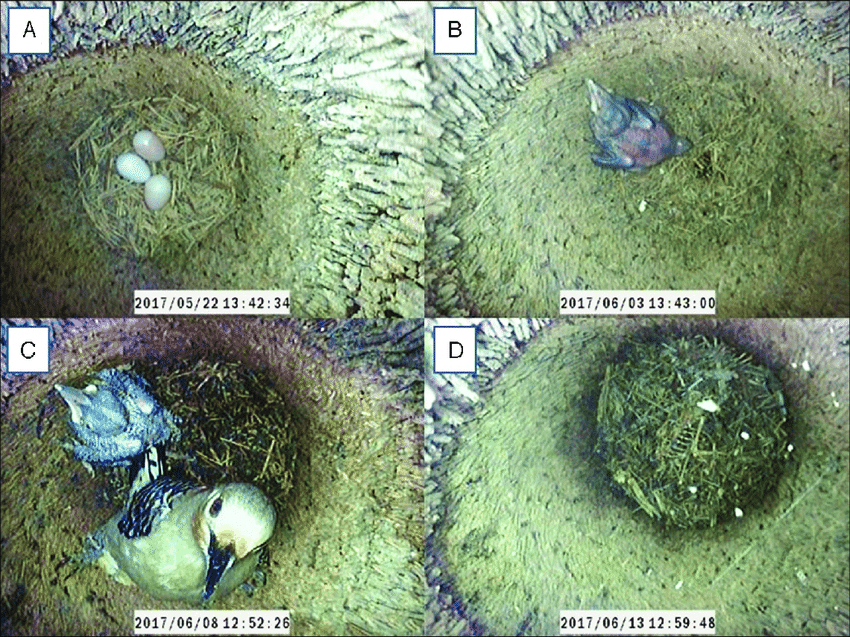
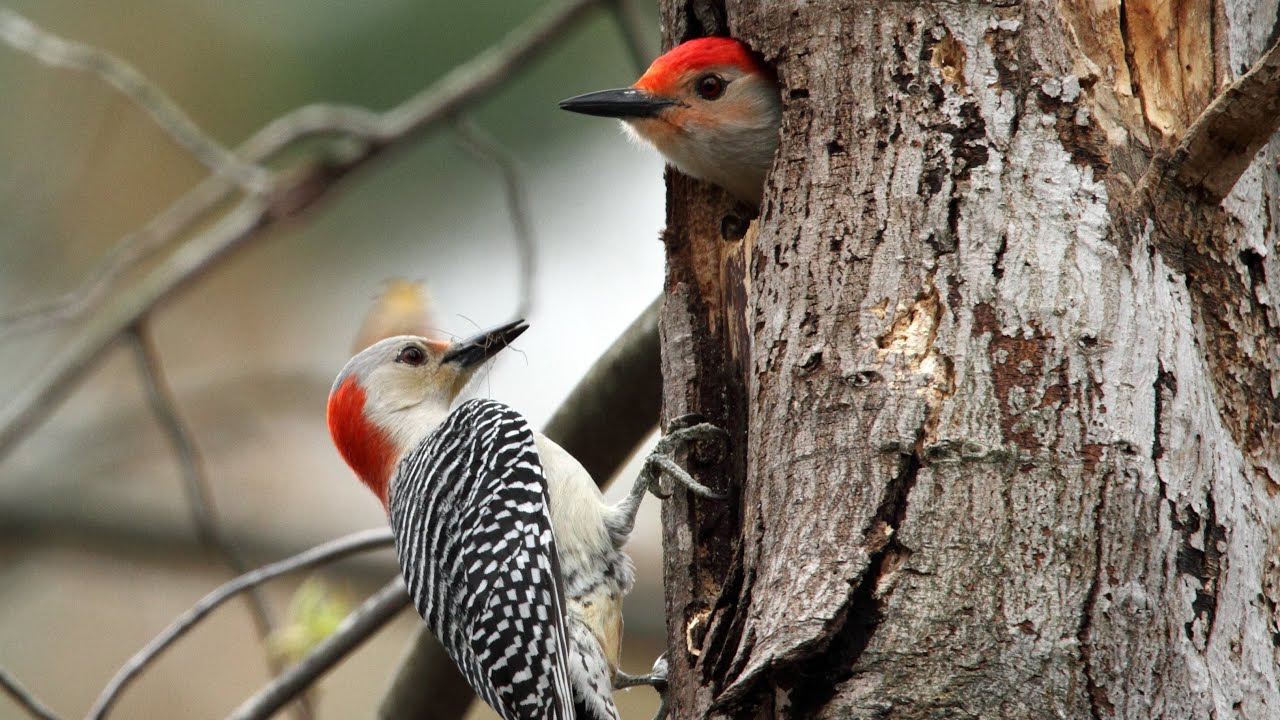
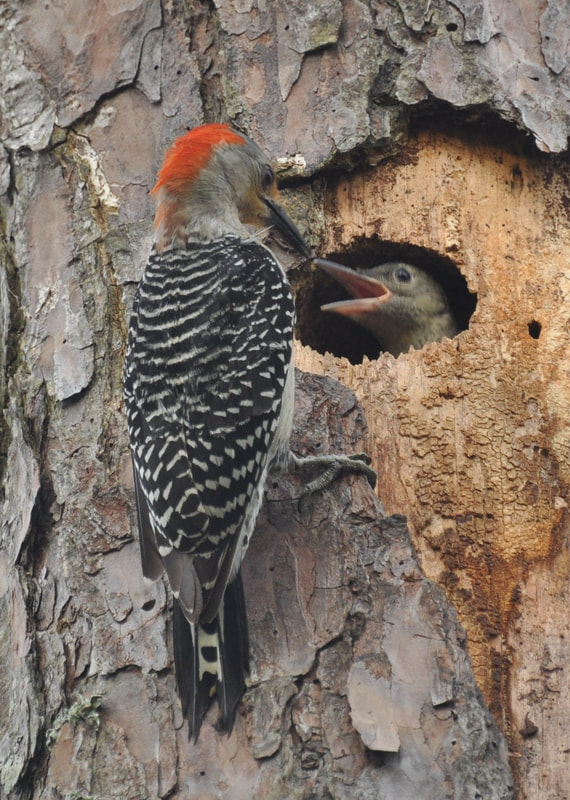
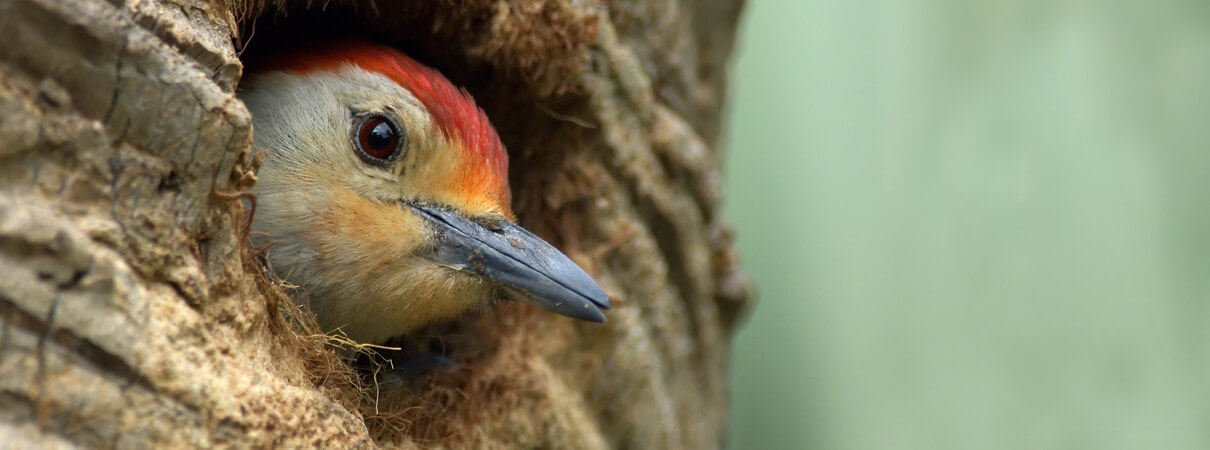
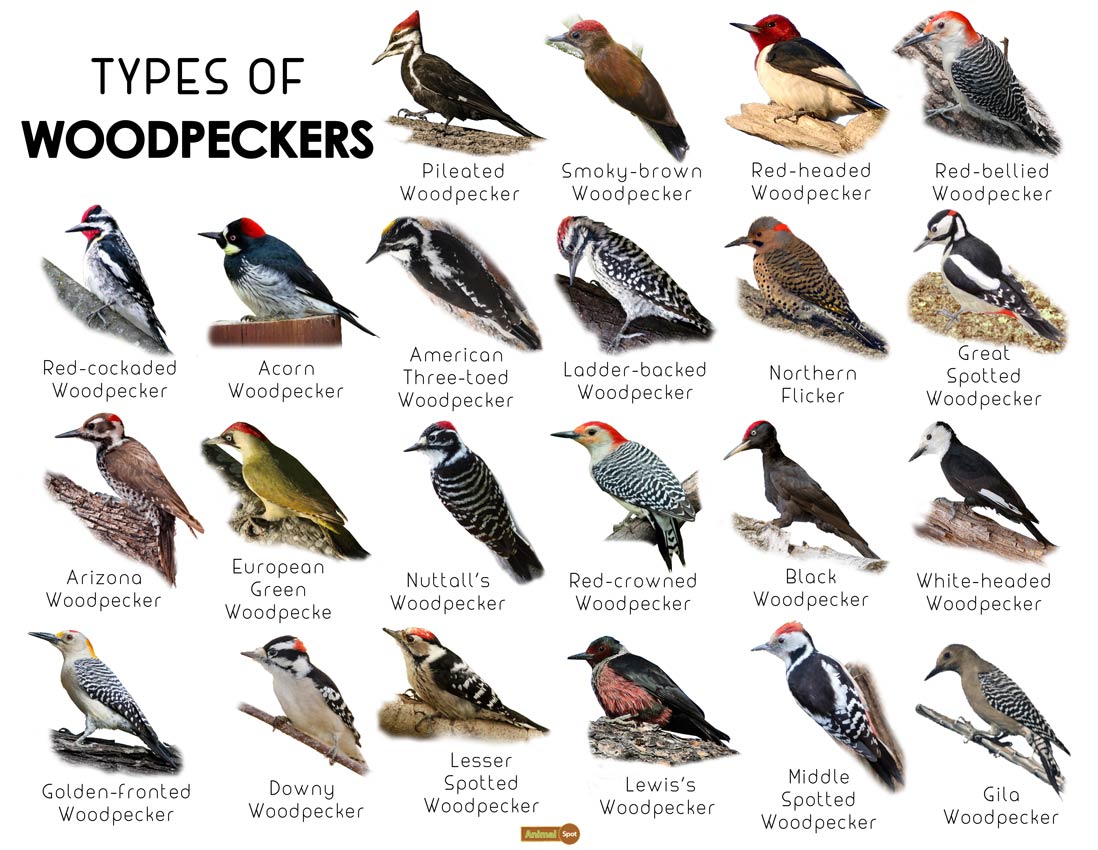
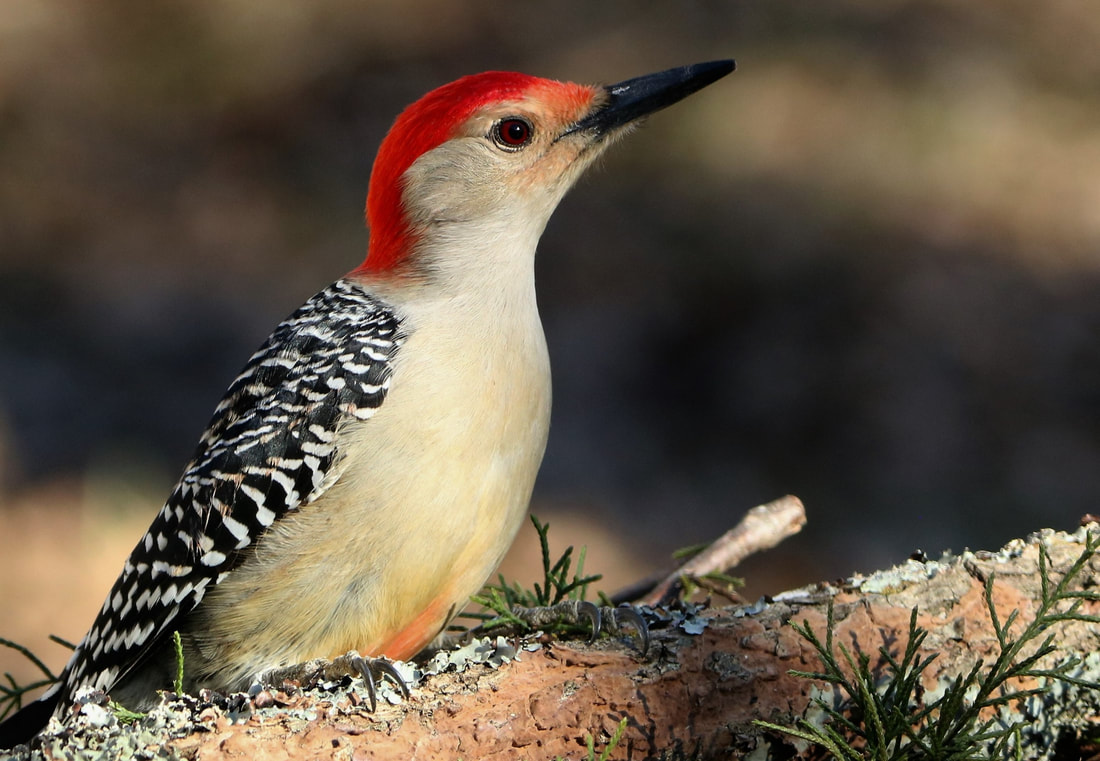
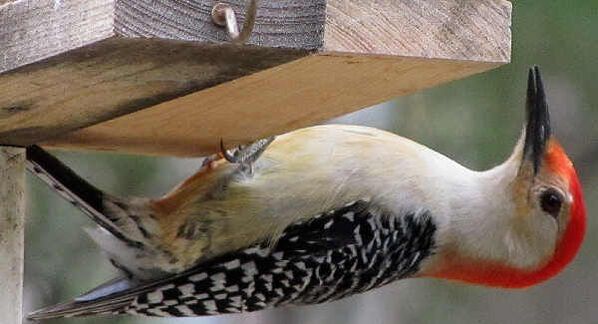
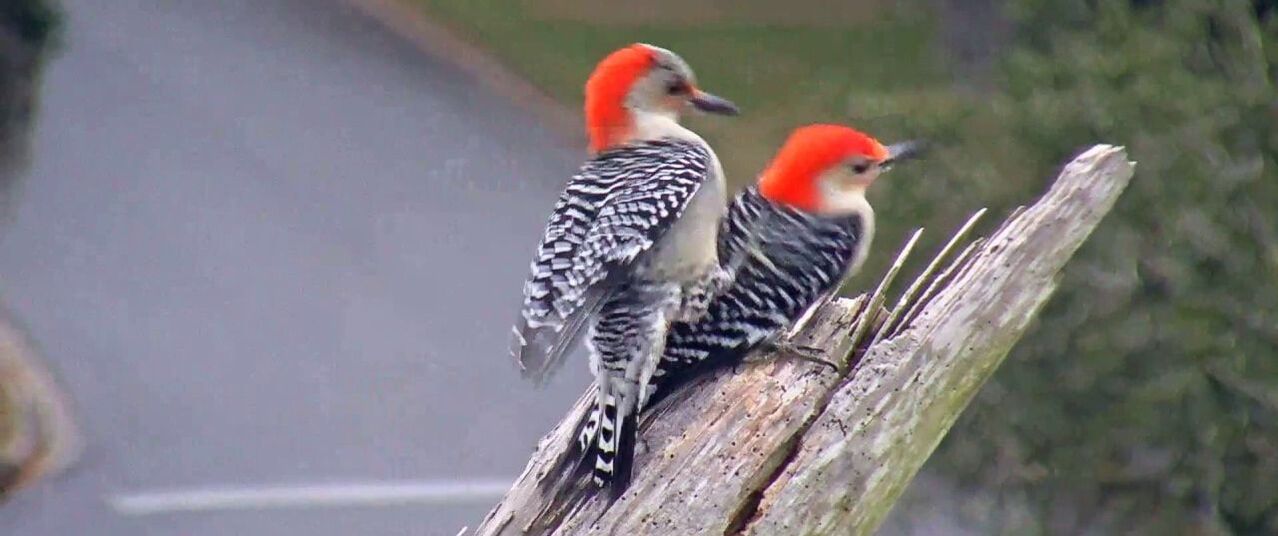
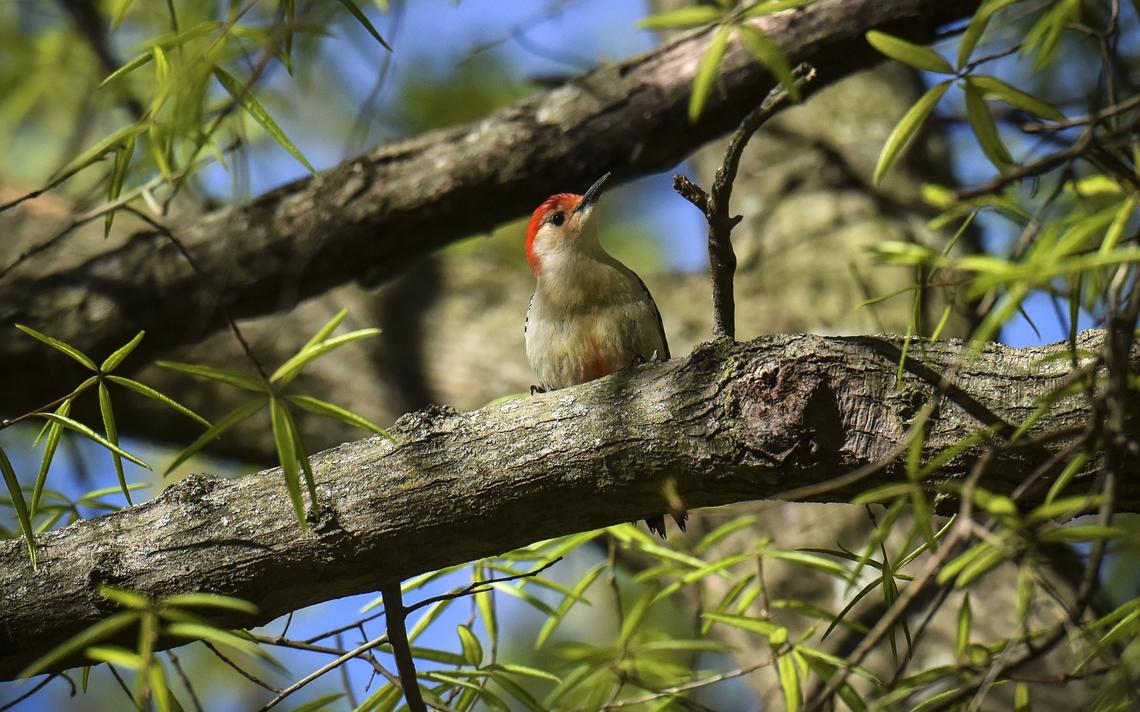
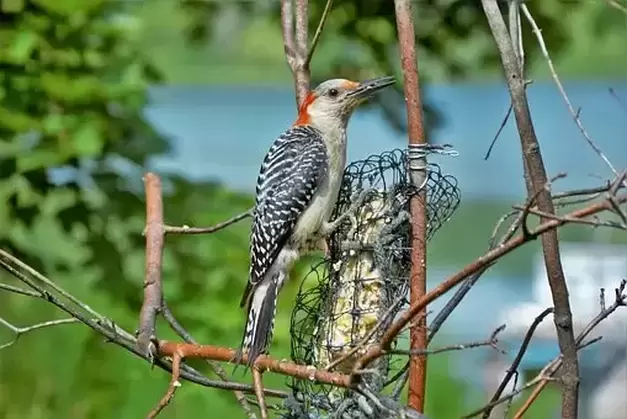

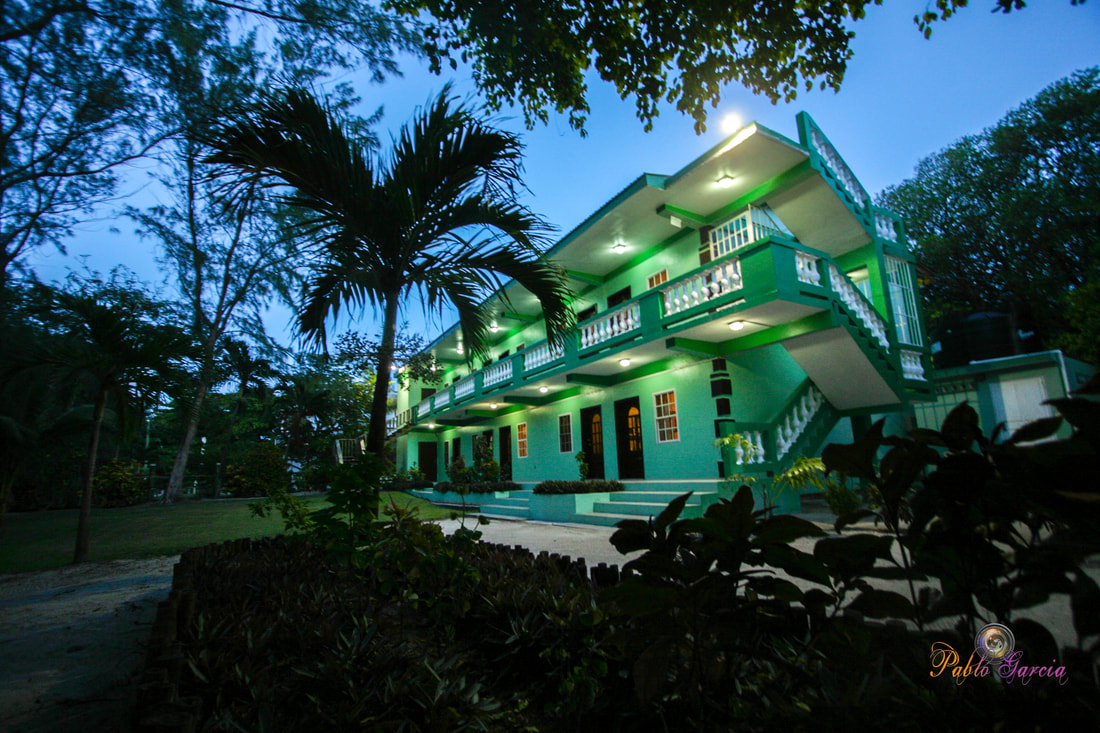
 RSS Feed
RSS Feed






